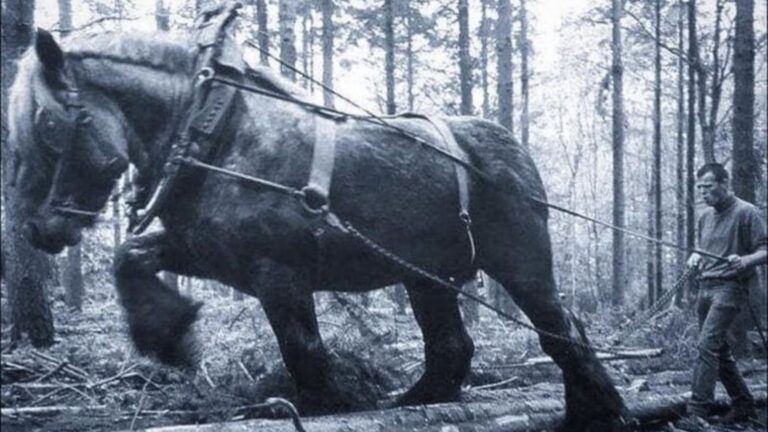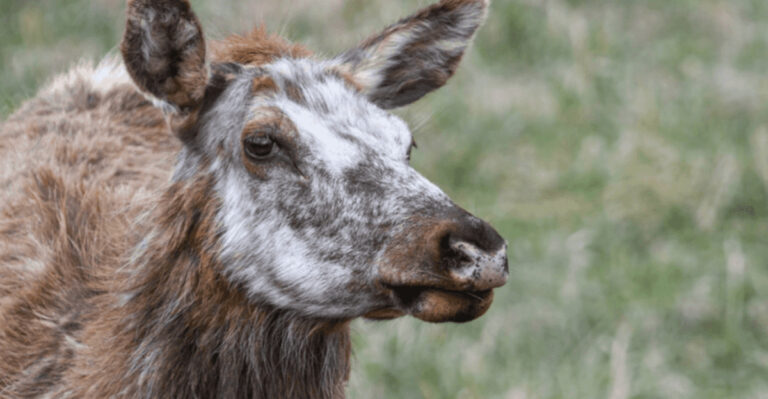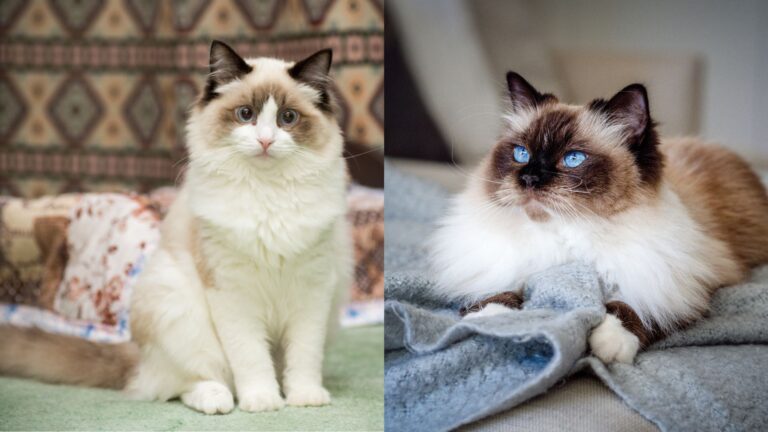7 Dogs Too Dangerous Or Difficult To Keep, And 7 Breeds To Choose Instead
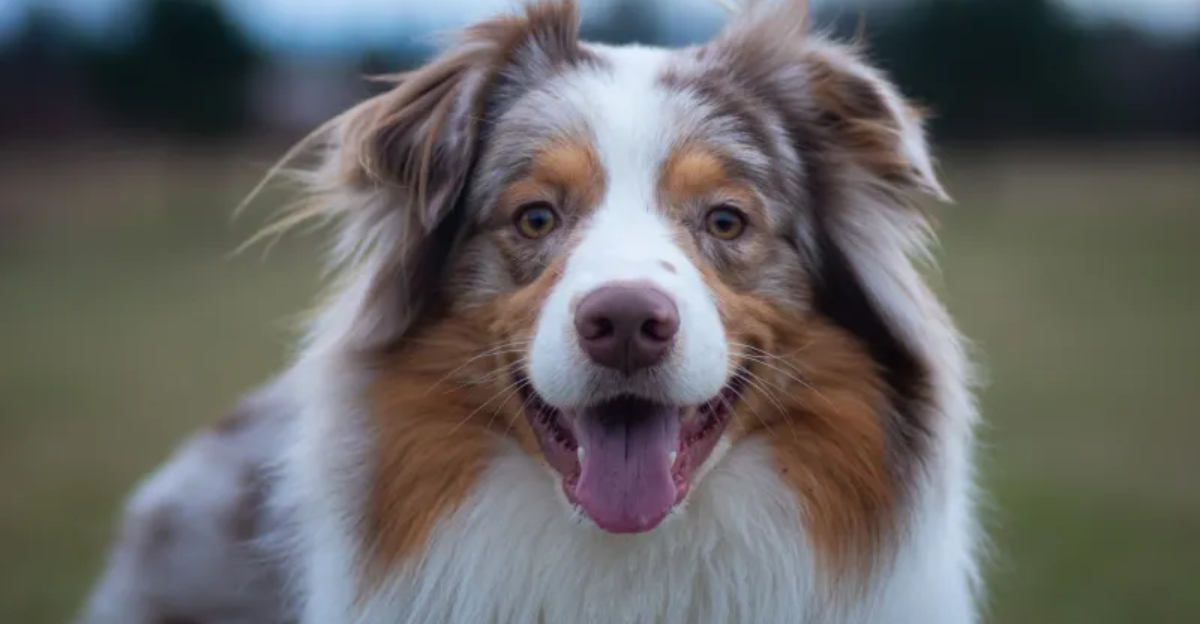
Choosing the right dog for your family is a big decision that affects everyone’s happiness and safety. While some breeds have fierce reputations or require specialized care that most homes can’t provide, others make wonderful companions with much less risk or maintenance.
Before bringing a furry friend home, it’s smart to understand which breeds might not fit your lifestyle and what alternatives could be perfect matches instead.
1. Pit Bull Terrier: Controversial And Often Restricted
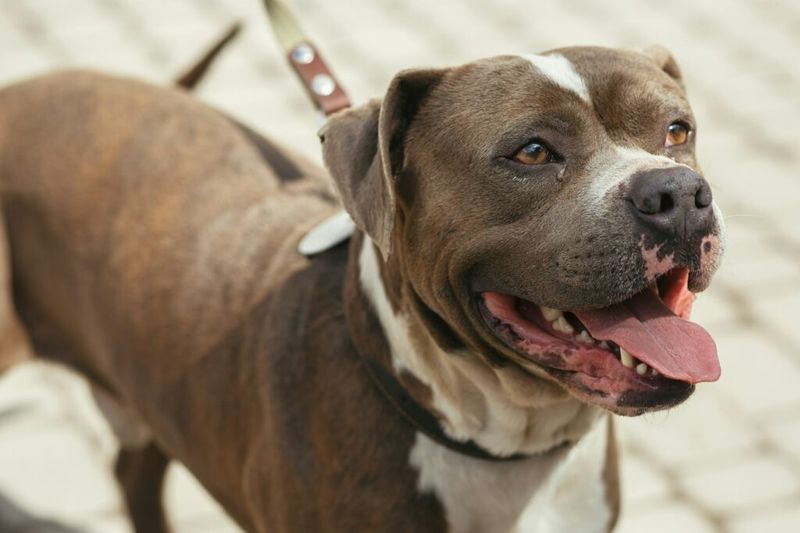
Pit Bulls face breed-specific legislation in many cities due to their powerful jaws and unfortunate history in dogfighting rings. Despite loyal owners defending their sweet personalities, these dogs require expert handling and consistent training.
Their strong prey drive can make them unpredictable around small animals or children. Insurance companies frequently deny coverage to Pit Bull owners, adding financial complications to ownership.
2. Labrador Retriever: The Family-Friendly Alternative
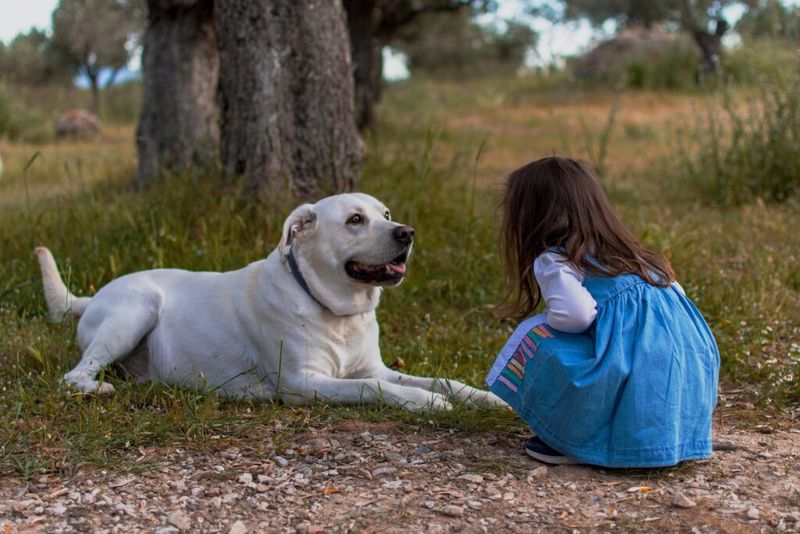
Consistently ranking as America’s favorite dog, Labs combine playfulness with a gentle temperament perfect for families. Their patient nature shines when interacting with children, making them trusted companions for households of all sizes.
Labs adapt easily to different living situations, from apartments to farms. With moderate exercise needs and an eager-to-please attitude, they’re ideal first-time dogs that rarely show aggression toward people or other pets.
3. Caucasian Shepherd: Massive Guardian With Intense Needs
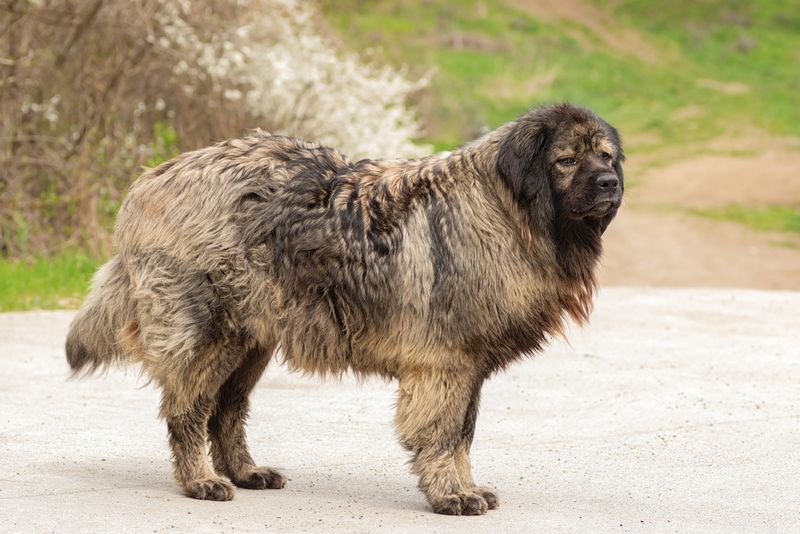
Weighing up to 200 pounds, these mountain guardians were bred to fight wolves and protect property. Their territorial nature makes them suspicious of strangers and potentially dangerous without proper socialization.
Caucasian Shepherds need experienced owners who understand dominant breeds. Their thick double coat requires extensive grooming, especially during seasonal shedding. Housing these giants demands substantial space and sturdy fencing to prevent escapes.
4. Golden Retriever: The Versatile Companion
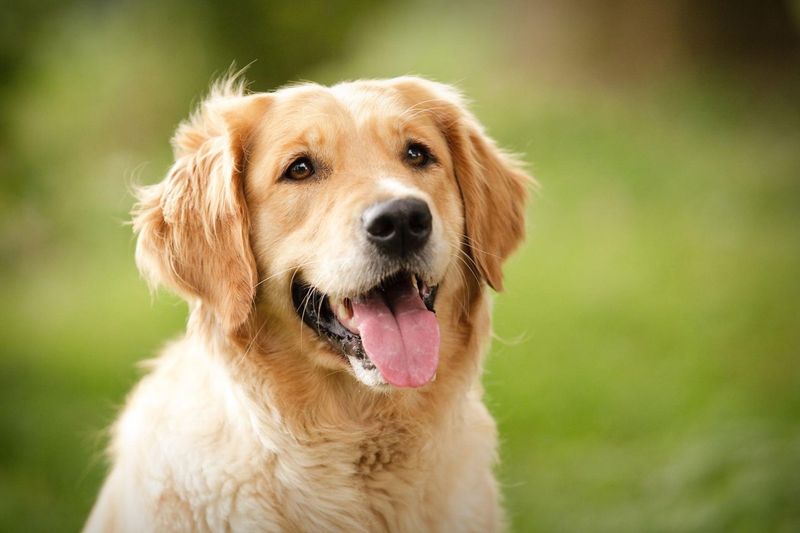
Golden Retrievers bring sunshine into any home with their wagging tails and smiling faces. Unlike guardian breeds, Goldens typically view strangers as friends they haven’t met yet, making them poor guard dogs but excellent companions.
Their intelligence makes training a breeze, while their moderate exercise needs fit most lifestyles. Goldens excel in therapy work and family settings, forming deep bonds with children and showing remarkable patience even with rough handling.
5. Cane Corso: Powerful Protector Requiring Expert Handling
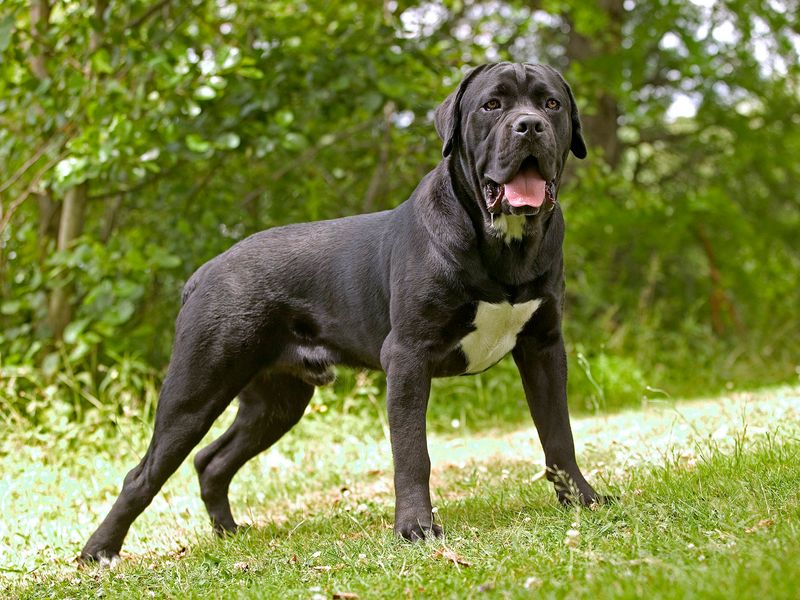
Descended from Roman war dogs, the Cane Corso combines intimidating strength with territorial instincts. Without proper training, these powerful mastiffs can become dangerous liabilities rather than protectors.
Their guarding instincts make them naturally suspicious of strangers. Early socialization is absolutely essential, yet even well-trained Corsos may not be suitable around unfamiliar children. Their size alone—often exceeding 100 pounds—presents physical control challenges for many owners.
6. Beagle: The Friendly Scent Hound
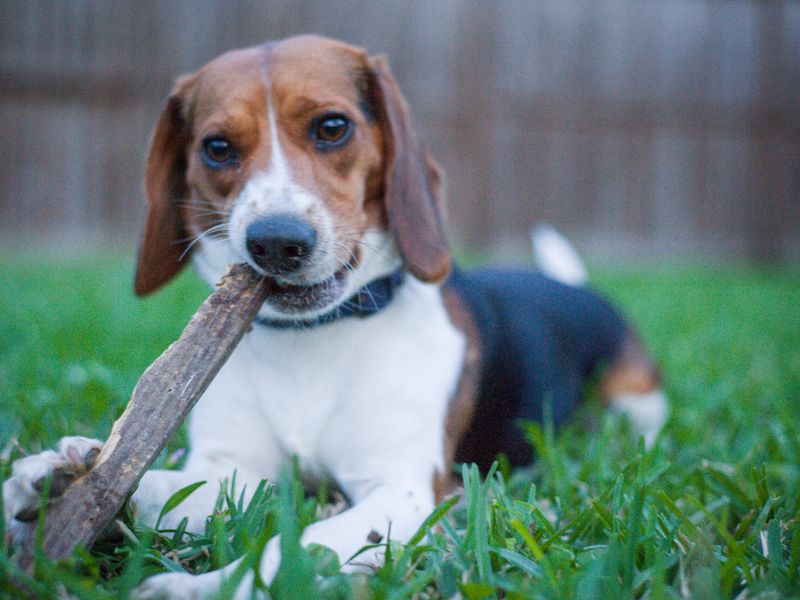
Beagles pack friendship and adventure into a manageable medium-sized package. Their expressive eyes and floppy ears complement personalities that blend curiosity with affection, making them delightful family members.
Unlike guardian breeds, Beagles rarely show aggression. They typically get along wonderfully with children and other pets. While their hunting background gives them energy, their exercise needs remain reasonable for most families, requiring daily walks rather than intense training.
7. Akita: Beautiful But Challenging Guard Dog
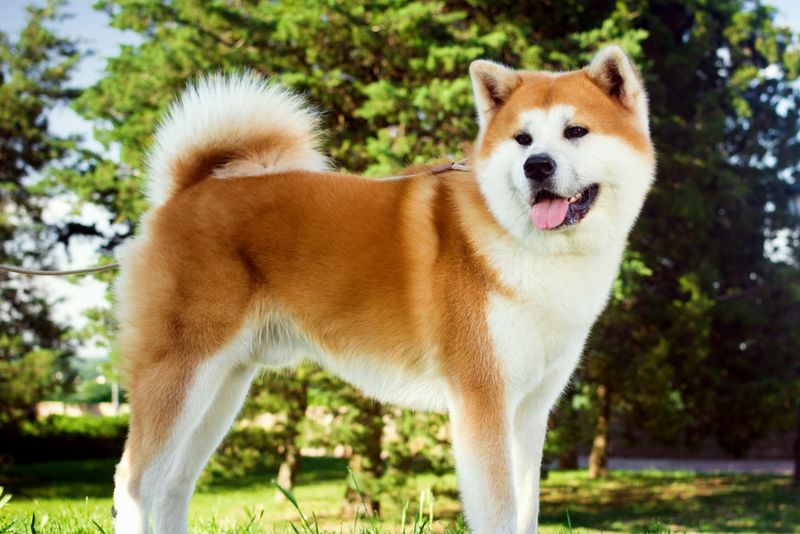
Akitas combine striking beauty with complex personalities that demand experienced handling. Originally bred for hunting bears in Japan, these powerful dogs maintain strong protective instincts that can manifest as aggression without proper training.
Same-sex aggression is common in Akitas, making multi-dog households difficult. Their aloof nature with strangers can escalate to confrontation if not carefully managed. Insurance companies often list Akitas among breeds requiring special coverage or exclusions.
8. Cavalier King Charles Spaniel: The Gentle Lapdog
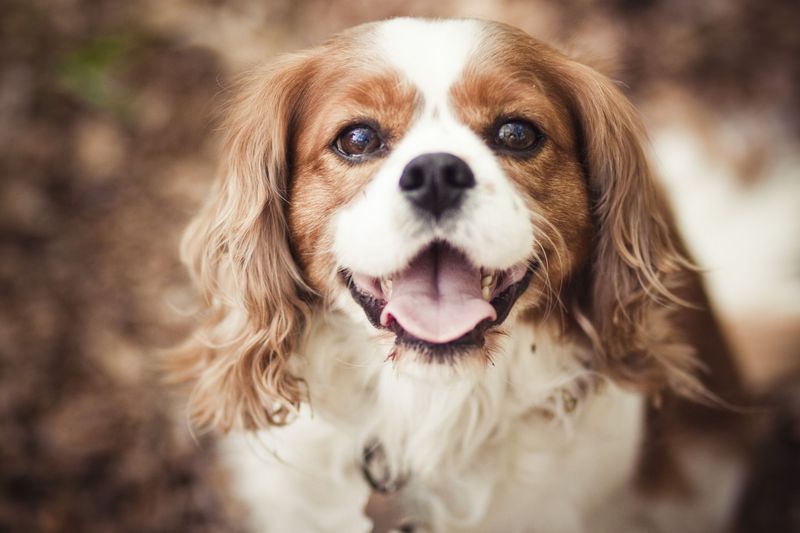
With silky ears and melting eyes, Cavaliers specialize in love rather than protection. Their compact size makes them adaptable to apartment living, while their gentle temperament works beautifully in homes with children or elderly members.
Cavaliers thrive on human connection, happily accompanying their people everywhere. Unlike protective breeds, they welcome visitors with wagging tails. Their exercise needs remain modest—short walks and indoor play sessions usually satisfy their activity requirements.
9. Presa Canario: Powerful Guardian With Legal Liabilities
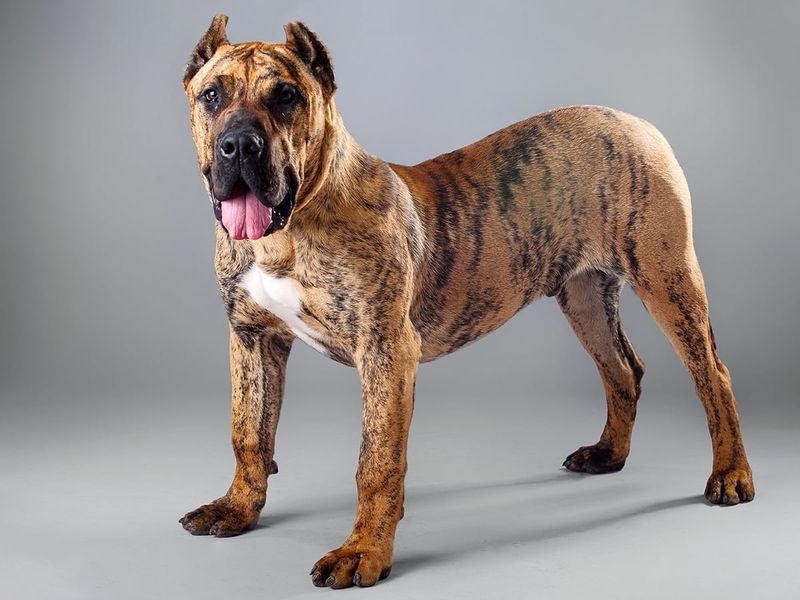
Originally bred for farm work and dog fighting in the Canary Islands, Presas combine immense strength with territorial instincts. Their history includes several fatal attacks on humans, resulting in breed-specific legislation in many areas.
Ownership often brings insurance complications or outright denials of coverage. Their powerful build—males often exceed 130 pounds—means even friendly play can accidentally injure children or smaller adults. Training requires expertise in dominant breed handling techniques.
10. Boxer: The Playful Protector
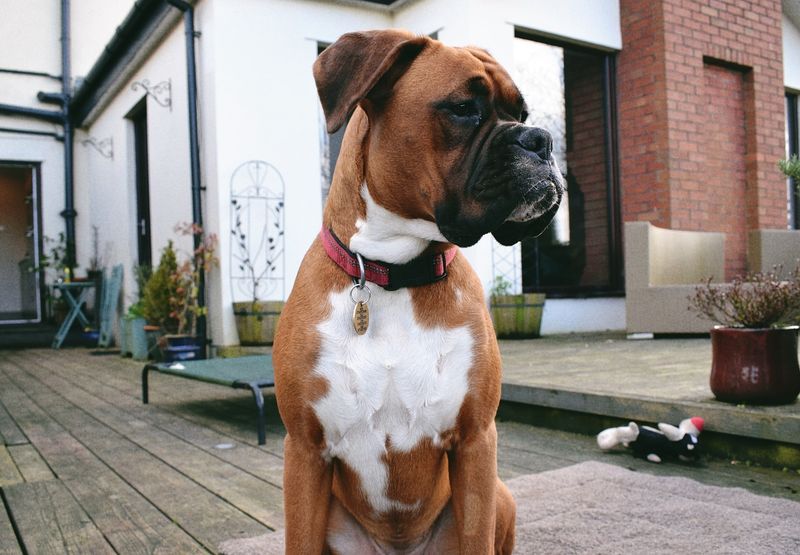
Boxers balance playfulness with protection instincts in a more manageable package. Their expressive faces and bouncy energy create natural comedians who entertain families for hours with their antics.
Unlike more aggressive guard breeds, Boxers typically show excellent judgment about threats versus friends. They form special bonds with children, combining patience with protective awareness. Their moderate size—typically 55-70 pounds—makes them physically manageable for most owners.
11. Wolf Hybrids: Wild Animals In Dog Clothing
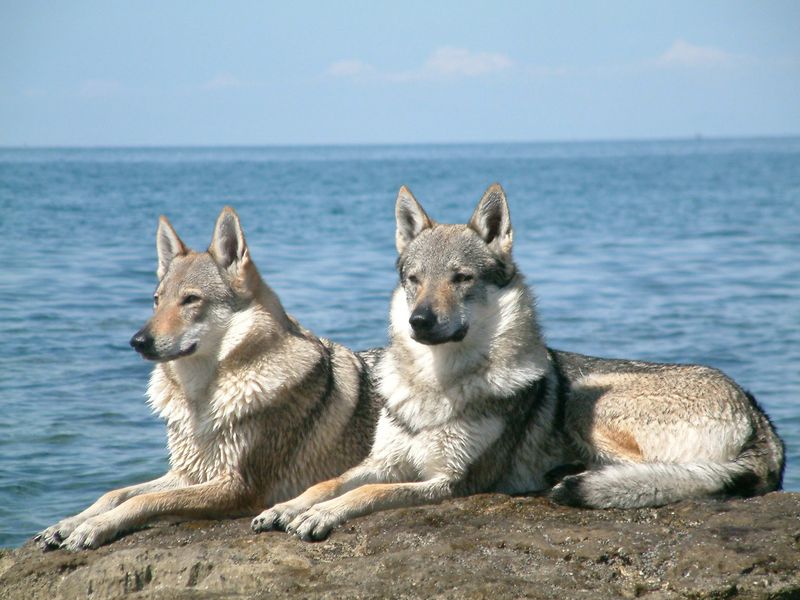
Wolf hybrids combine unpredictable wild instincts with domestic dog traits, creating animals unsuitable for typical pet homes. Their behavior becomes especially challenging during maturity (2-3 years), when wolf genetics often override training.
Many states and municipalities ban wolf hybrids entirely. Finding veterinary care proves difficult, as many vets refuse to treat them. Containing these animals requires specialized fencing at least 8 feet tall with dig guards, as their escape abilities far exceed domestic dogs.
12. Australian Shepherd: The Energetic Brainiac
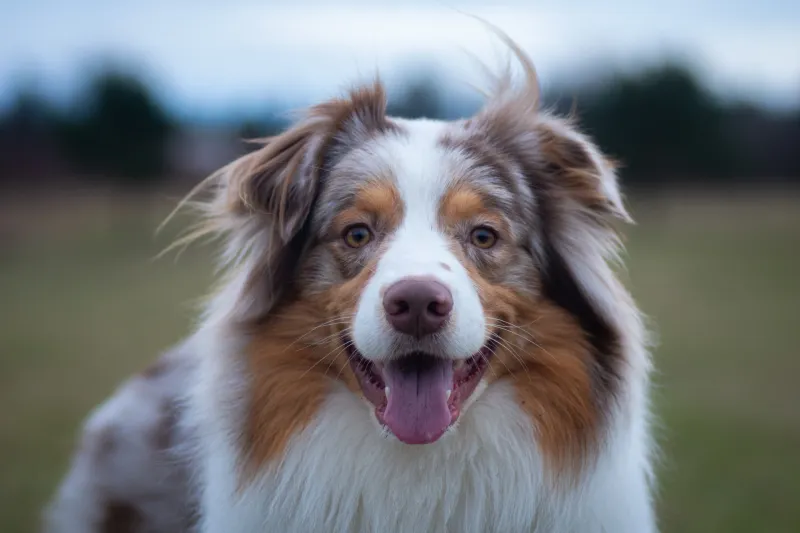
Australian Shepherds channel their working heritage into trainable intelligence rather than aggression. Their striking multicolored coats and bright eyes match their vibrant personalities, making them engaging companions for active families.
Unlike wolf hybrids, Aussies respond beautifully to consistent training. They excel in dog sports like agility and frisbee competitions. While they need considerable exercise and mental stimulation, their energy comes with biddability rather than unpredictability.
13. Fila Brasileiro: The Intensely Territorial Guardian
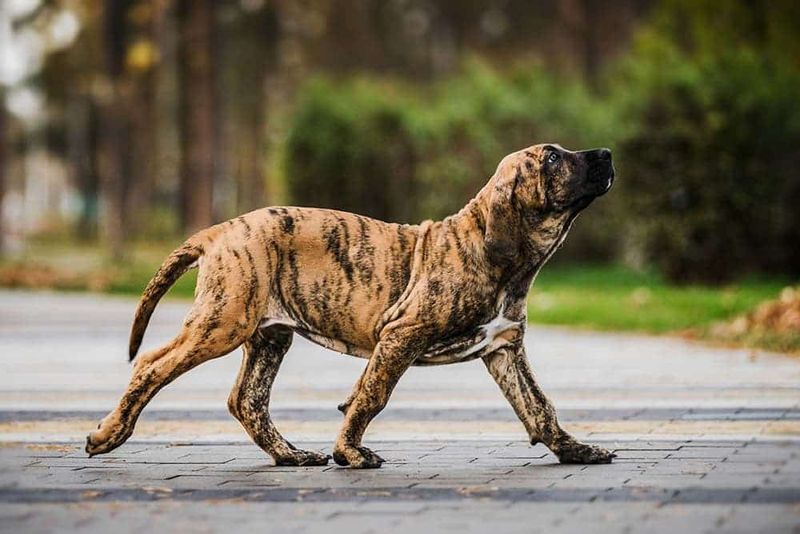
Filas were bred specifically to track down runaway slaves in Brazil, combining incredible tracking abilities with extreme suspicion of strangers. Their temperament includes “ojeriza”—an inherent distrust of unknown people that cannot be trained away.
Many countries have banned Filas entirely due to their aggressive tendencies. They require experienced handlers committed to constant management and control. Their size—often exceeding 150 pounds—means even friendly Filas can accidentally harm people during excited moments.
14. Bernese Mountain Dog: The Gentle Giant
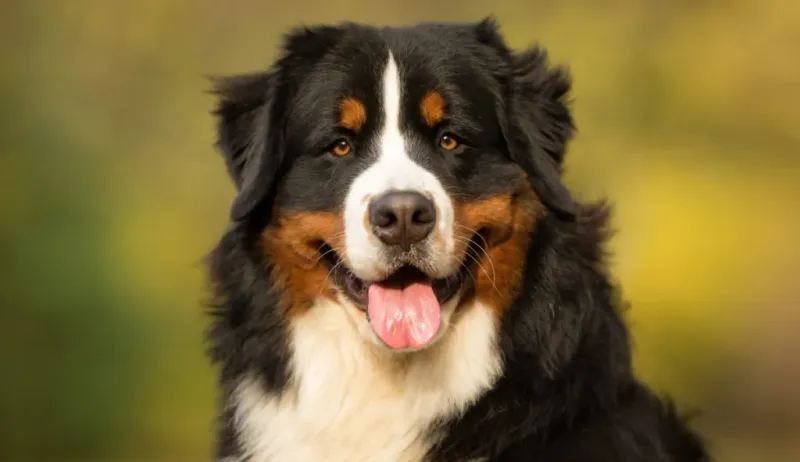
Bernese Mountain Dogs combine impressive size with exceptionally gentle temperaments. Their tricolor coats frame expressive eyes that radiate kindness, making them wonderful family companions despite their substantial build.
Unlike territorial breeds, Berners typically welcome visitors with happy tail wags. They show remarkable patience with children, often becoming their devoted protectors without aggression. Though large, their moderate energy levels make them suitable for suburban homes with average-sized yards.

